Forget the camera, forget the lens, forget all of that. With any four-dollar camera, you can capture the best picture.
Alberto Korda
The intention of speaking about the cameras behind great iconic pictures is not simply to talk about gear. It’s about recognition. The tool itself, in different brands and formats, fades when the product it renders comes alive.
Many of the following pictures have had huge global audiences and transcended generations. The specific types of camera were inseparable from the photographer's intent while working.
When analyzing some of the most iconic images of the twentieth century, it’s surprising to discover how diverse the photographer’s gear selection has been.
It is curious how, a couple decades ago, photographers used the same piece of gear for years. Nowadays we have a huge variety of gear that is updated practically every year, and it’s sad to see people worry about the latest and greatest instead of committing themselves to doing work that really matters.
The following examples are not intended to be gear reviews, but rather an homage to the tools used to craft some of the world's most important images.
Sharbat Gula – Steve McCurry – Nikon FM2 – 1984
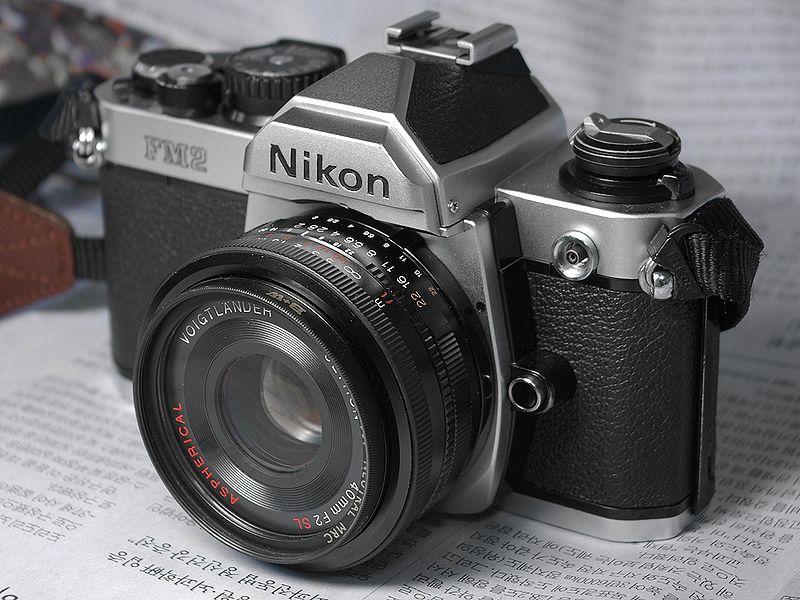
The iconic portrait of Sharbat Gula was first published in 1985. The picture depicts a young Afghan girl, and it still evokes deep emotion. The visual elements of this portrait are a true example of artistic aesthetics.
Steve McCurry has spoken about this image for years, and it’s amazing to see his passion come alive when he explains how the picture was taken.
He used a trusty Nikon FM2 for the shot, and for many other pictures he took during the pre-digital era. This camera was popular among photographers and is still not cheap to buy.
Behind the Gare Saint-Lazare – Henri Cartier-Bresson – Leica II – 1932
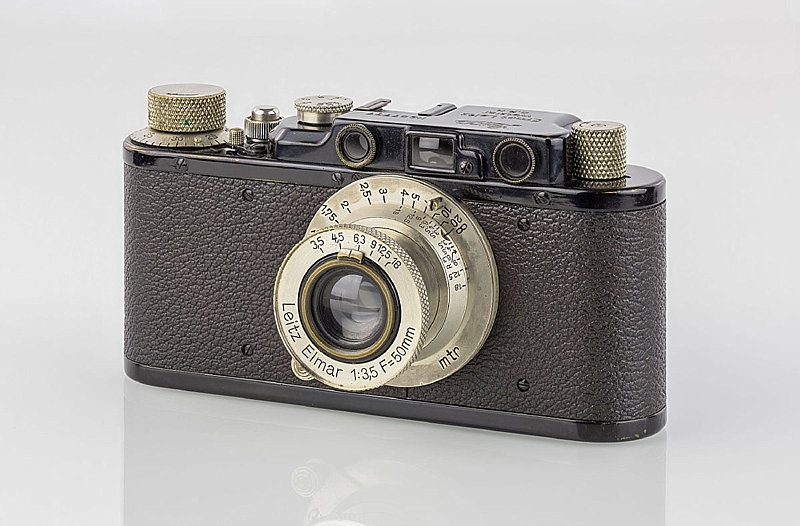
Historically known as one of the most influential photographers of our time, Henri Cartier-Bresson elevated the practice of snapshotting to the category of fine art.
From its origins, photography has changed only in its technical aspects, which, in his opinion, had no importance. Behind the Gare Saint-Lazare and many of his images were taken with the Leica II camera, which, thanks to its action and inconspicuousness, allowed him to blend into the streets to capture amazing pictures we all drool over today.
V-J Day in Times Square – Alfred Eisenstaedt – Leica III – 1945
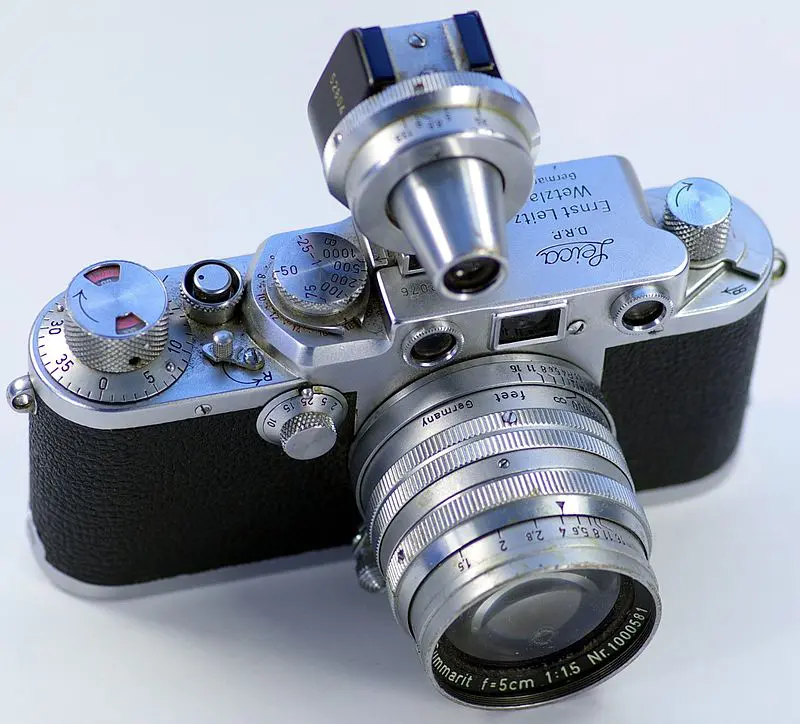
World War II ended on August 14, 1945, and Alfred Eisenstaedt was there in his homeland to capture the spirit of victory that was boiling in the nation's streets.
As he wandered around, looking for subjects to capture the storytelling moments that TIME magazine had commissioned him to photograph, he suddenly saw a sailor grab a nurse, tilt her back, and passionately kiss her.
He acted quickly and captured one of the most iconic images of the twentieth century.
The image was not the only one taken that day. The photo journalist Viktor Jorgensen also captured the same scene, but from a different perspective. In my opinion, Eisenstaedt's composition is much more meaningful.
The picture was shot using a Leica IIIa camera, which was produced between 1935 and 1940. This supports my previously stated hypothesis.
Dovima with Elephants – Richard Avedon – Deardorff 8X10 or Sinar 8X10 – 1955
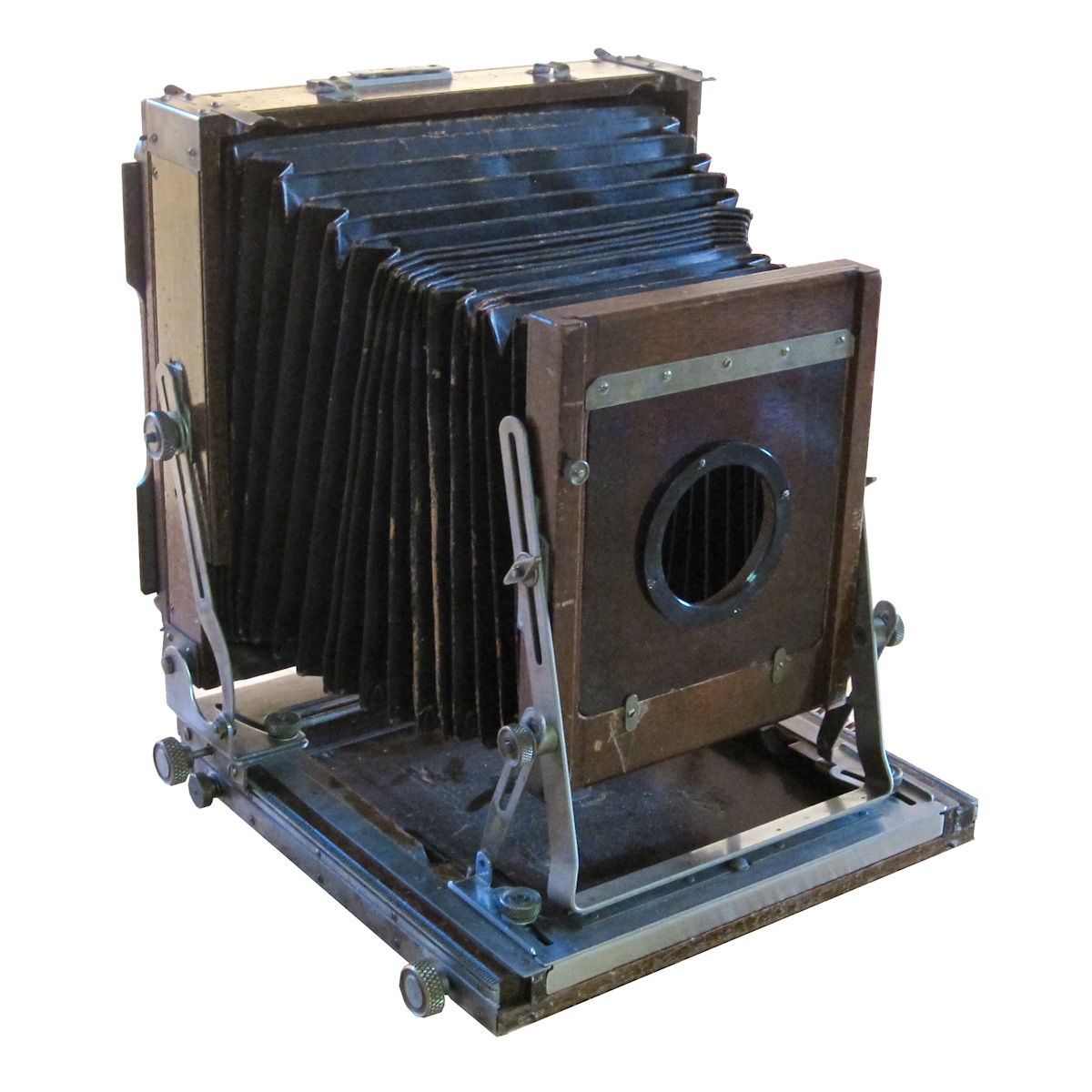
The elegant portrait of Dovima taken by Richard Avedon is a complete indulgence.
Dovima was one of the world’s most famous models, and Avedon was, of course, one of the most famous fashion photographers. The combination made complete sense. The eerie concept was magnificently executed by both – Dovima through her acting, and Avedon with his creative mind.
Richard Avedon was famous for his use of large-format cameras. For this image and many others, he used a Deardorff 8X10 or Sinar 8X10 camera. (I'm not sure, but I think the format is the same.)
The lens was perhaps a 240mm, which is a 35mm equivalent in 35mm format, but I'm just guessing. The field camera gave Avedon a tremendous amount of detail and a different feel to the images.
The Migrant Mother – Dorothea Lange – Graflex Super D – 1936
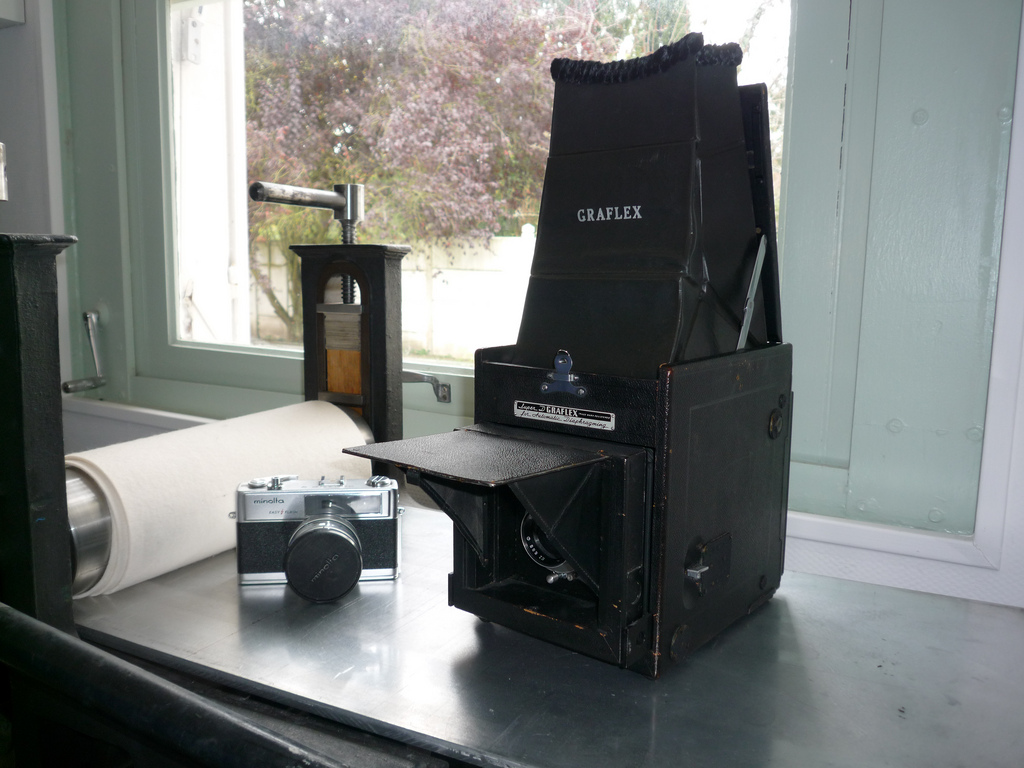
This image became an icon of the struggles the entire U.S. population was suffering during the Great Depression.
Dorothea Lange was one of the photographers commissioned by the Farm Security Administration as part of the New Deal to photograph the migrations taking place as a result of the turmoil of the time.
She took a few shots of Florence Owens that day, but only this one had the incredible composition that made it so powerful and authentic. Dorothea Lange used a massive camera, the Graflex Super D, like a hybrid between a field camera and a TLR.
Identical Twins – Diane Arbus – TLR Rolleiflex 6×6 – 1967
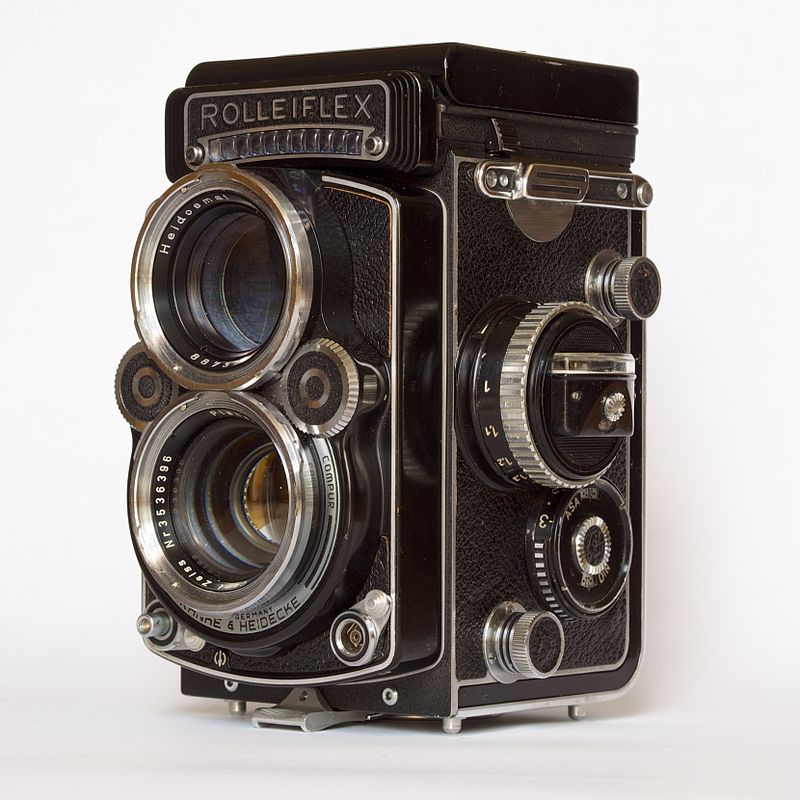
Diane Arbus was fixated on photographing odd, unusual, eccentric and extraordinary subjects, and this predilection led her to portray a wide range of people.
One of her most iconic images is the Identical Twins portrait, which is still today a great subject for analysis. Arbus used a Rolleiflex TLR camera, 120 format film, and a 6×6 format.
The camera was used by several photographers, including Gerda Taro and Vivian Maier.
It has a top-mounted viewfinder that allows the photographer to capture inconspicuous moments and interesting portraits due to the avoidance of eye-to-eye contact with the subject.
John Lennon and Yoko Ono – Annie Leibovitz – Polaroid Instant Camera – 1980
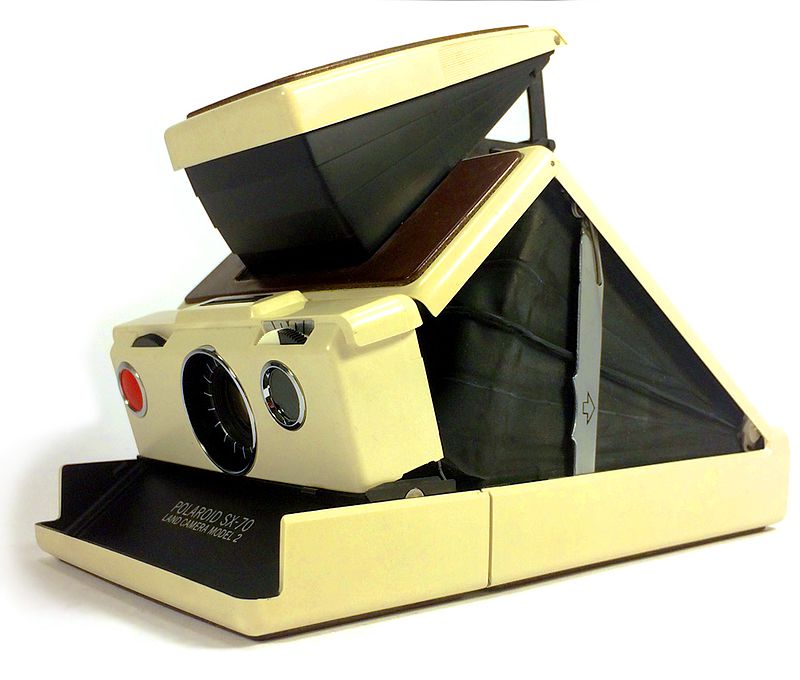
Such an important contemporary image for humanity and cultural identity could only be orchestrated by Annie Leibovitz’s talented mind.
The image graced the cover of Rolling Stone magazine in January 1981, and the context surrounding this masterpiece is complex and quite sad – only a few hours after the shoot, John Lennon was murdered.
History tells us that Leibovitz used an instant camera – perhaps the Polaroid SX-70 or maybe the Polaroid 600SE; frankly, I couldn’t find the exact model.
The fact that she used such an unconventional camera to take this image gives huge weight to the popular theory that is “not the camera, but the photographer that really matters when capturing meaningful images.”
Guerrillero Heroico – Alberto Korda – Leica M2 – 1960
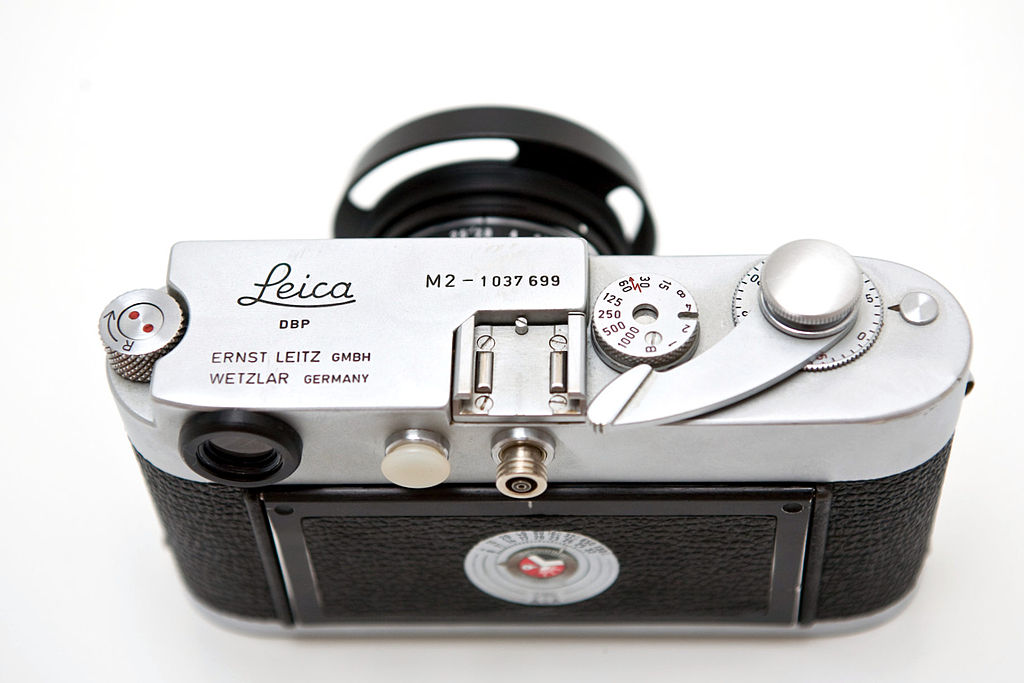
The iconic picture of the charismatic revolutionary Ernesto “Che” Guevara taken by Alberto Korda became a symbol that strayed far from Che's Marxist ideology.
The photograph was not taken during a battle between insurgents and military forces, but at a memorial service for victims of the La Coubre freighter explosion, which had a huge impact on Castro's forces.
Korda used a 90mm lens attached to a Leica M2 to take a close-up shot of the popular figure.
Subway Portrait – Walker Evans – Contax II – 1941
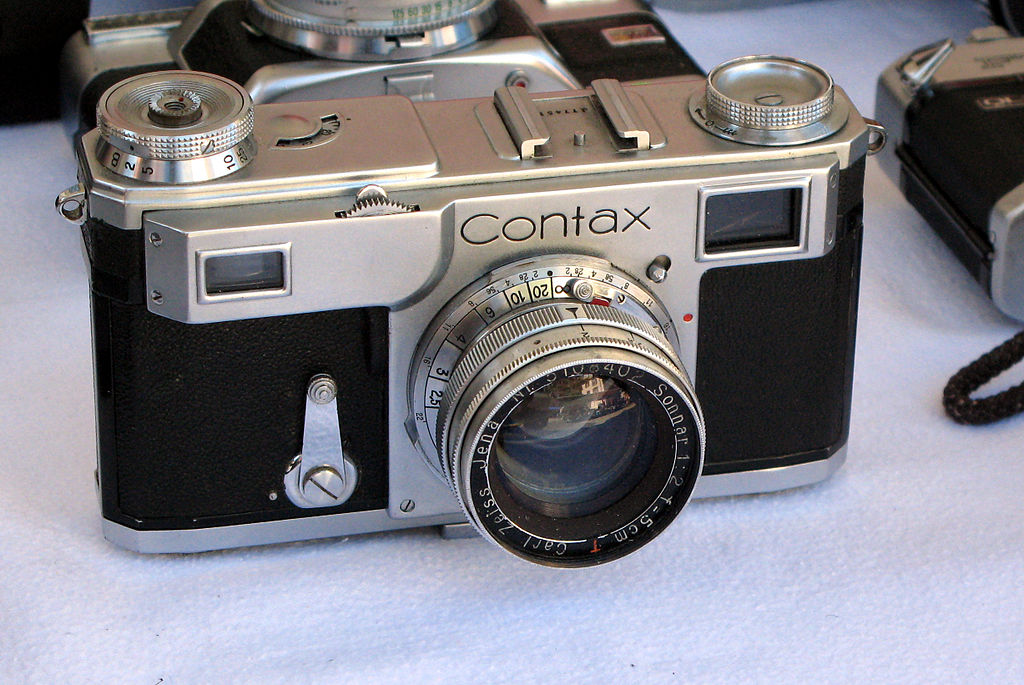
Walker Evans worked with a wide array of photographic media, from the 8×10 massive camera he used to capture photographs like the portrait of Allie Mae Burroughs (Alabama Tenant Farmer Wife) to a tiny Contax II 35mm camera he employed to create his beautiful subway portraits in 1938-1941 (he poked his camera through his coat to stay as inconspicuous as possible).
He amassed nearly 600 images on this journey, but my all-time favorite is perhaps this one. These images were wildly innovative and new for the time, and his approach has been considered almost anthropological.
Evans was also known for customizing his camera by covering all the shiny chrome parts with black paint.
Invasion of Prague – Josef Koudelka – Exakta Varex – 1968
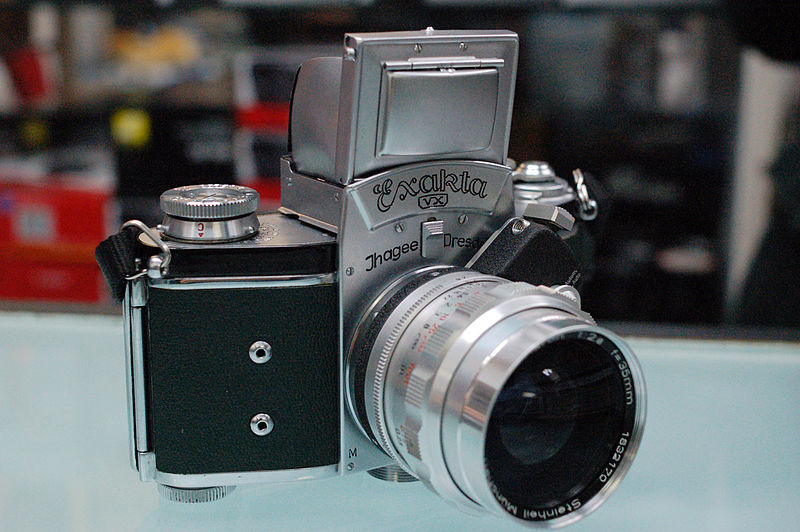
Returning from a trip to Romania in 1968, Josef Koudelka entered Prague one day before the Soviet Union invasion. He took some East German movie film and recorded the struggles during the devastating occupation with his Exakta Varex.
Koudelka shot without rest for one week, resulting in an amazing body of work that documented the invasion like no one else. Hand and Wristwatch is one of the most iconic images of this opus.
The image shows a simple, yet complex situation. We see a wristwatch held as if the wearer is checking the time; and in the background is a quiet, empty street. The watch shows the exact time when the invasion began.
Further Resources
- Famous Photographic Brands That Have Faded With Time by Jason Row
- This is What These Famous Photographers Actually Meant With These Quotes by Dzvonko Petrovski
- How Planning Can Improve Your Black and White Photography by Photzy




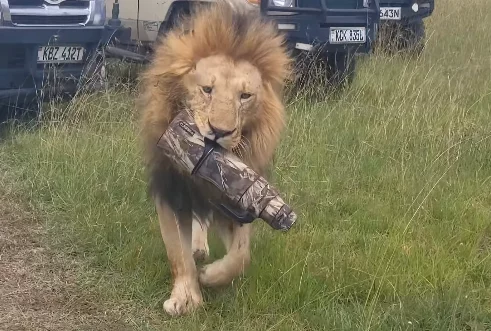

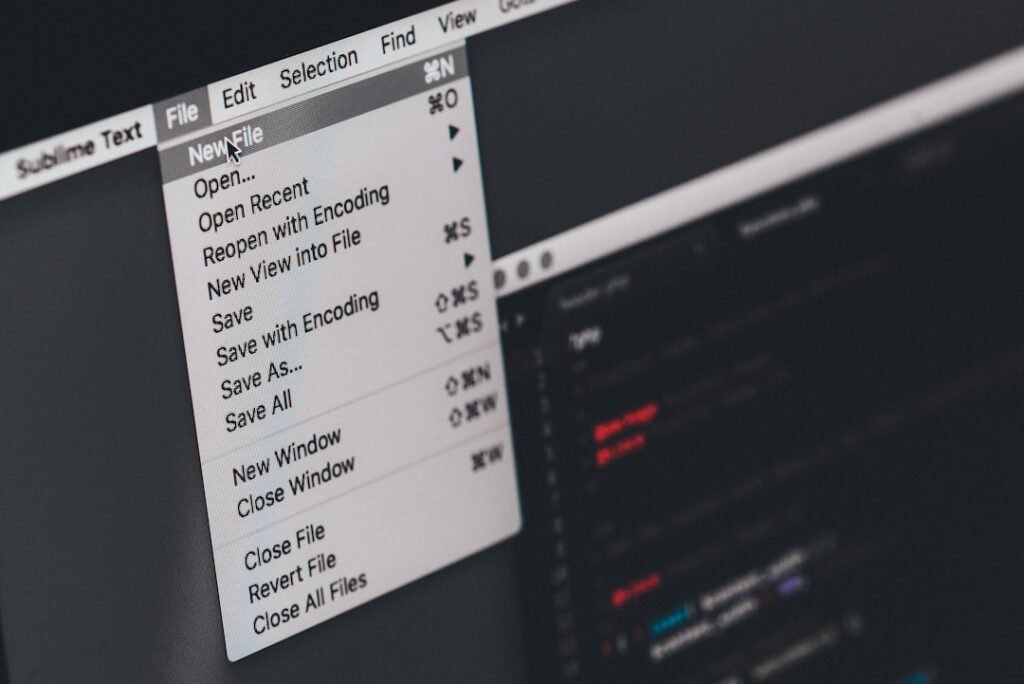
10 Comments
So Henri Cartier Bresson was a time traveler using a camera over 20 years before it was invented.
? Leica II came out in 1932, same year as the photo.
Henri must have had an early prototype… probably had black tape over the Leica name on the camera.
Thanks for the info. Love old cameras . It just you and the way it works . Makes you think about the picture.
Would of been nice to include some more modern photographers aswell
Comments from my friend and camera expert “Nikon Nick”, shared with his permission:
First McCurry’s camera — “FM2 is still not cheap to buy” WRONG !!! Compared with the other Nikons at the time, it was not nearly as expensive as F3 or F4, but essentially did the same reliable job. And it costs less than $200 now.
Second: Cartier-Bresson’s M3 -1932.The image was made with a Leica in 1932, but the M3 model did not exist until 1954 !!!
Eisenstadt Times Square kiss 1945 — camera shown is Leica model IIIf which was not introduced until 1950. He probably used a Leica IIIc.
Richard Avedon (the author is not even sure which brand), no matter which 8×10 camera, his lens was probably at least 360mm, most likely 450mm. I doubt he used a wide angle 240.
Dorthea Lange could not have used the Graflex Super D that is pictured. Super D model was introduced after the depression, in 1941. The Super D, like all Graflexes, is an SLR (single lens reflex) NOT a “hybrid between a field camera and TLR” !!!
Leibowitz may have used Polaroid film, but definitely not SX70. Probably Polaroid was used as a test for exposure. If the cover image was indeed a Polaroid, it would be a larger format pack film.
Fact-checking seems to be optional in on-line articles and at the White House.
The PhotoCenter has examples of all the cameras pictured in the article (except the Deardorf which I sold several years ago).
Nick
Diane Arbus likely used a Mamiya TLR, rather than a Rollei. Pictures of her from the period of the ‘Twins’ show her with a Mamiya.
HC Bresson also likely would have shot Garre St Lazare with a Leica I, and not a II.
That Deardorff is a 4×5 not an 8×10.
Henri Cartier-Bresson acquired his first Leica in 1932 , it was a chrome finished 1 model A, made in 1929. It was secondhand. I’ve always felt that the first owner may have traded it in for the newly-introduced model 11 of 1932. H C-B used this camera until the fall of France in 1940. He buried it in farmland before joining the army. Subsequently captured by the Nazis, he escaped at the third attempt and joined the resistance movement. After the war he dug his camera up. After that he purchased later models. His first camera is now a display piece and can be viewed on the web. My partner bought me a black 1A, made in 1930 for my birthday this year and I have been using it. Results are excellent and I’m getting used to estimating distances. As it has no strap lugs, I’m carrying it in the leather case that came with my model 111, made 1935.
The Graflex Super D was not available in 1936. Lange likely used the preceding Model D camera.